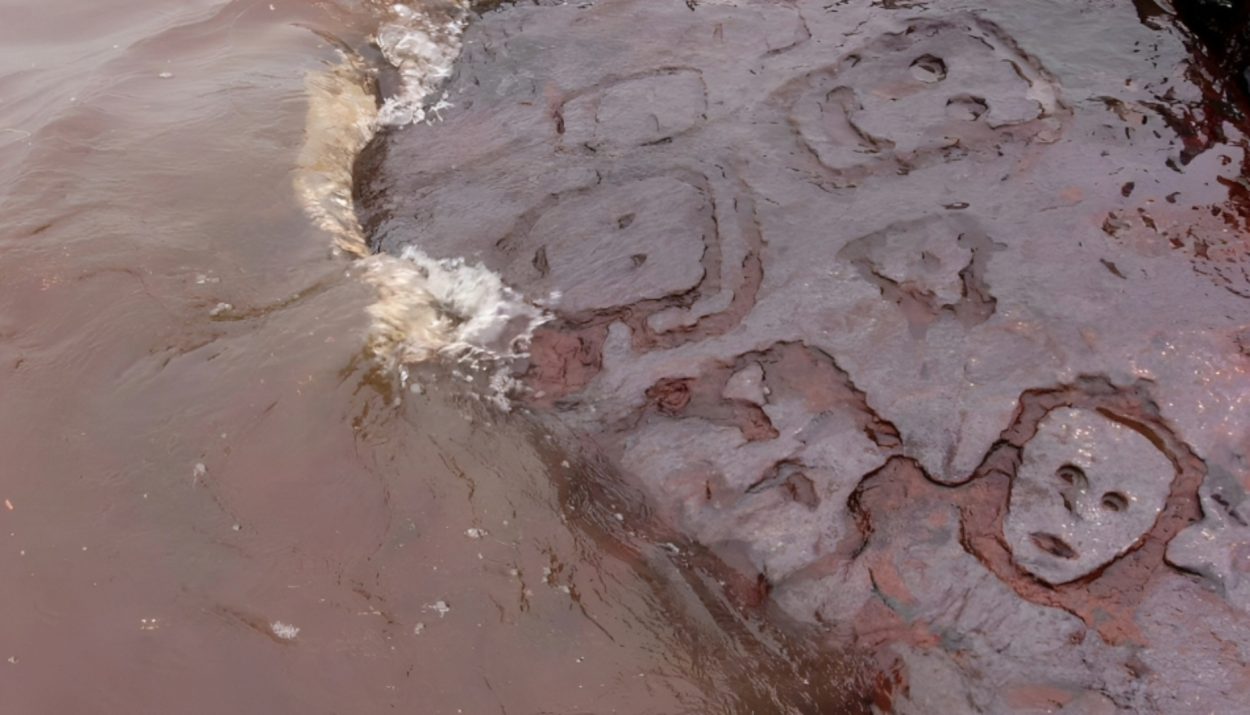This revelation has put the whole world in a frenzy! The discovery of more than a thousand-year-old ancient rock carvings after Brazil was hit with an extreme drought has got social media users in a frenzy. Archeologists have gotten to work, trying to discover if there’s a cryptic message behind these carvings or not.
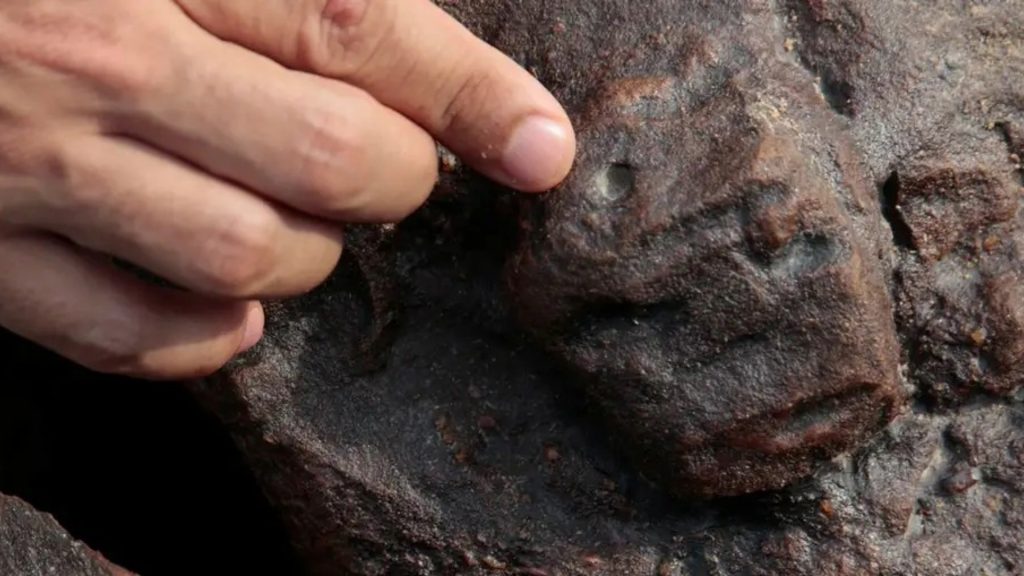
Every corner of our lives represents history, every piece of artifact whether it’s a shard of poetry or a meticulously crafted rock carving has a silent story of past eras and they somehow connect us to our ancestors. Now people are curious about what these rock carvings could mean. Are they passing a message? Or they’re just random scribbles from the past. Let’s find out!
The First Set Of Ancient Rock Carvings Found 13 Years Ago
You’re probably wondering how the people of Brazil feel about these Carvings being discovered. Well, we are pretty sure they’re not that surprised. Why? Because something of this nature already occurred 13 years ago. After experiencing a drought at the famous archeology site known as Ponto das Lajes-Place of Slabs
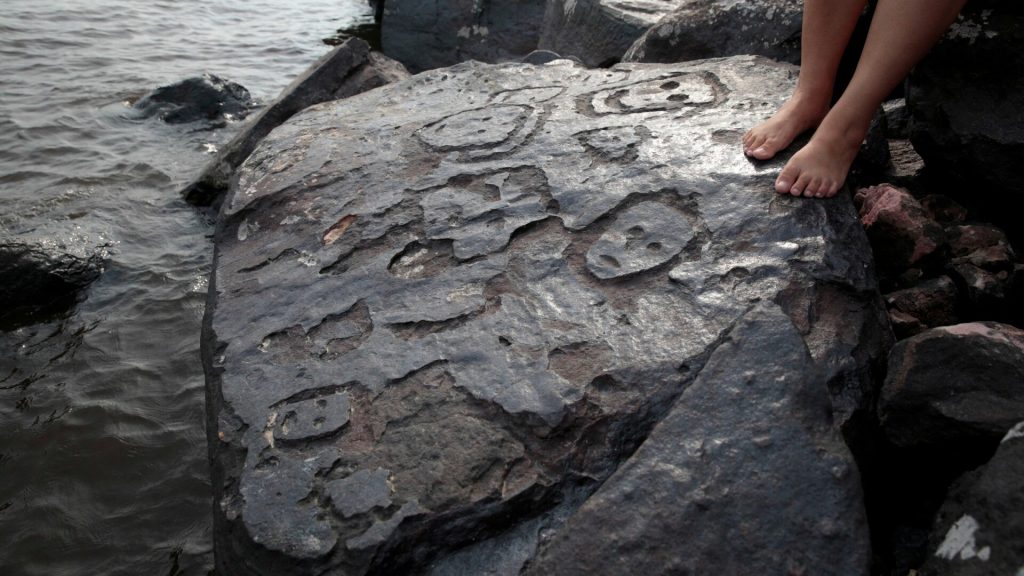
Just on the shores of Rio Negro in 2010, after the Rio Negro’s water level dropped to about 44.7 feet, these ancient rock carvings were found but in fewer numbers. To think people referred to the 2010 Brazil drought as the most extreme to ever hit them. Little did they know that the next one was going to be worse. Thirteen years later, Brazil’s water level went as low as 42.2 feet.
Extreme Drought Hits Part Of The Amazon 13 Years Later
Fast forward 13 years after the earlier drought had cast its harsh grip on Amazon, it got hit by another drought. Only that this time it was way worse than the former. These incidents have become increasingly common in the Amazon’s Madeira River with a very disturbing pattern. The region had experienced four of the five lowest River levels recorded in Brazil’s history.

Thanks to this drought Human Faces and other figures that have been carved about 1000 to 2000 years ago have come to limelight. These drawings are called petroglyphs and they also include animals and other natural things.
The Ancient Rock Carvings Can Now Be Easily Seen
As the water declined, the once-submerged ancient rock carvings were unveiled and can now be easily seen. They were initially discovered during the 2010 drought, but more carvings were found this time. Just along the river banks of Ponto das Lajes near the spot where the Rio Negro and Solimoes rivers meet, drawings of human faces were discovered.
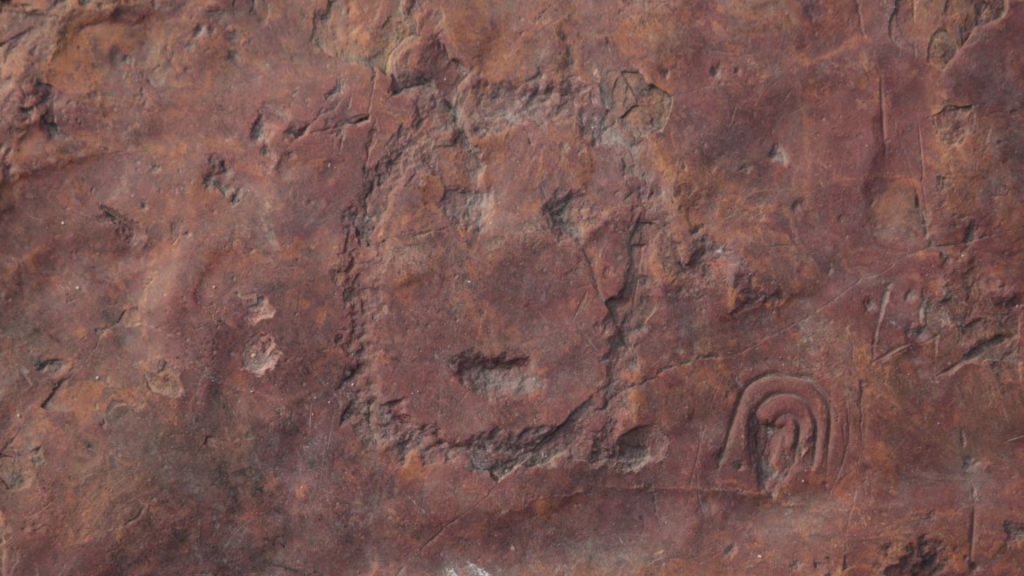
During the search for these ancient carvings, Carlos Augusto Da Silva of Brazil’s Federal University of Amazonas found at least 25 groups of drawings on just one rock. Imagine how many more groups would be there. These drawings will be of great help to researchers and will also help them identify their origin.
Who Made These Drawings And Why?
The most asked questions ever since the discovery have been “Who made these drawings and why?” Archeologist Jaime Oliveira in an interview with BBC, confirmed that the markings were made by those who lived in that area during the Pre-Columbian period. He said “This region is a pre-colonial site which has evidence of occupation dating back some 1,000 to 2,000 years. What we’re seeing here are representations of anthropomorphic figures.“

On these rocks, they noticed that they featured some grooves, they believed that they were used by the occupants to sharpen their arrows and spears. Researchers believe that these carvings express emotions and feelings and have something in common with current works of art.
How Does The Drought Affect The People Of Brazil
Many people believe that the discovery of these ancient rock carvings is a good thing for Brazil. Especially because it has made it a nice archeology site and might put it on the map as a great tourism center. However, this is the least worry for the people of Brazil, they worry that with the way things are going the river might not even survive the next 50 to 100 years.
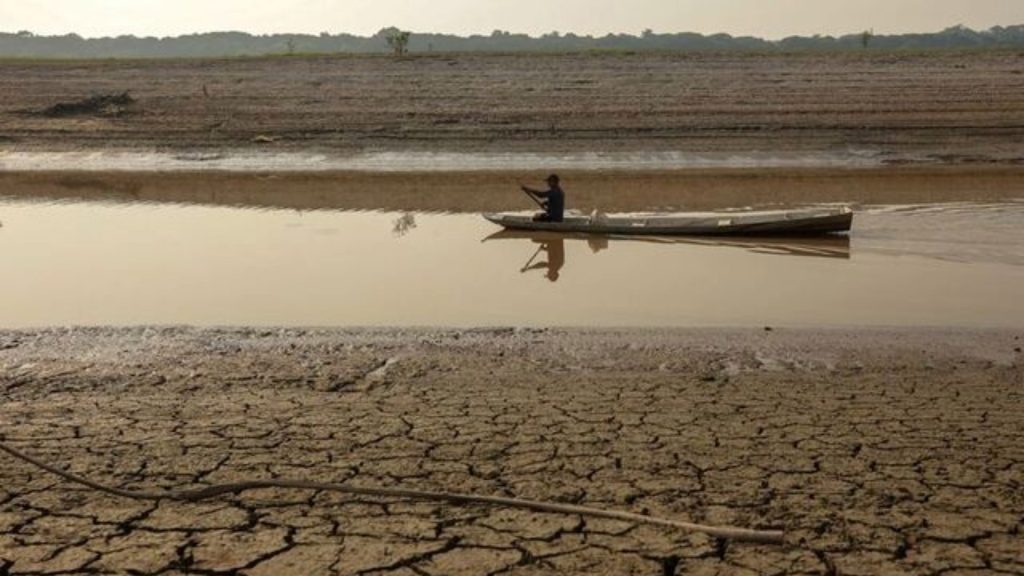
The drought has negatively impacted the people of Brazil, by limiting their access to drinking water as well as halting operations at the Santo Antonio hydroelectric dam. These communities have also not been able to transport through their waterways.
Can These Ancient Rock Carvings Be Preserved?
Now that these rock carvings have been discovered, is there any way to protect them? This is a very important question and will help the people of Brazil to preserve their heritage. Beatriz Carneiro, a historian and member of IPHAN, tells AFP that Ponto das Lajes returning to its normal water level is the best way to protect and preserve them.
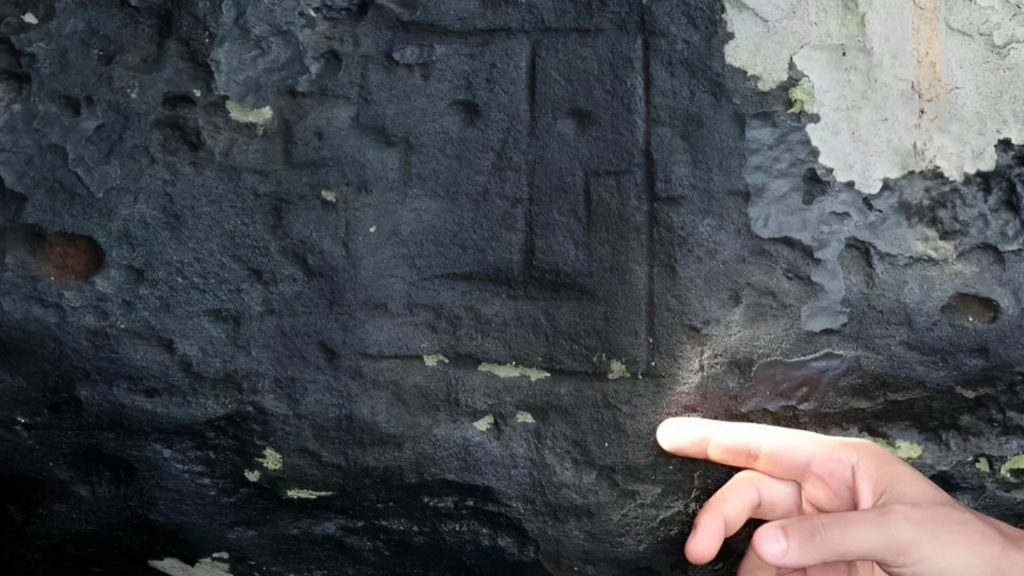
The people of Brazil agree and believe that just as much as they need the water level back to its normal position to preserve the rock carvings, they also need them because they are very important for the surrounding communities to survive.
A Similar Situation Happened In Europe
These hidden relics expand beyond South America. There are several continents that have experienced situations like this and one of them is Europe. Something very similar occurred in 2022 when they experienced unforgettable droughts, one of the most severe dry spells the continent had experienced in 500 Years.
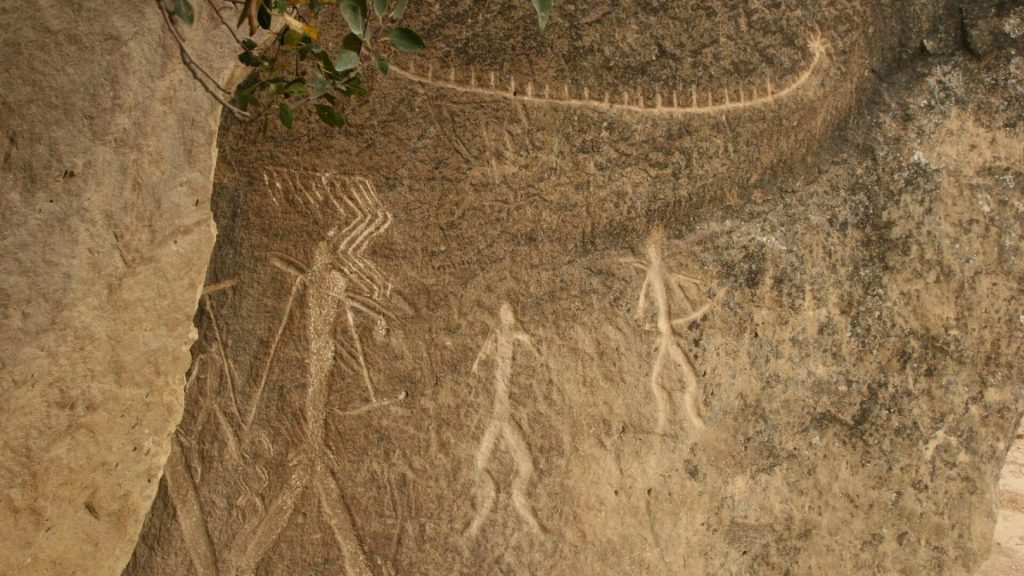
This drought exposed hunger stones in various rivers across the continent. Thanks to the declining water levels, the mysterious engraving on these age-old stones could be easily seen. Some of these stones came with scary warnings.
Let’s See How This Plays Out
The extreme drought in South America has caused so much uproar. Scientists have tried to figure out why these droughts keep occurring. They have been able to link the situation in South America to the El-Nino weather patterns and warming in the North Atlantic. Sadly this is said to be caused by human-made climate change.
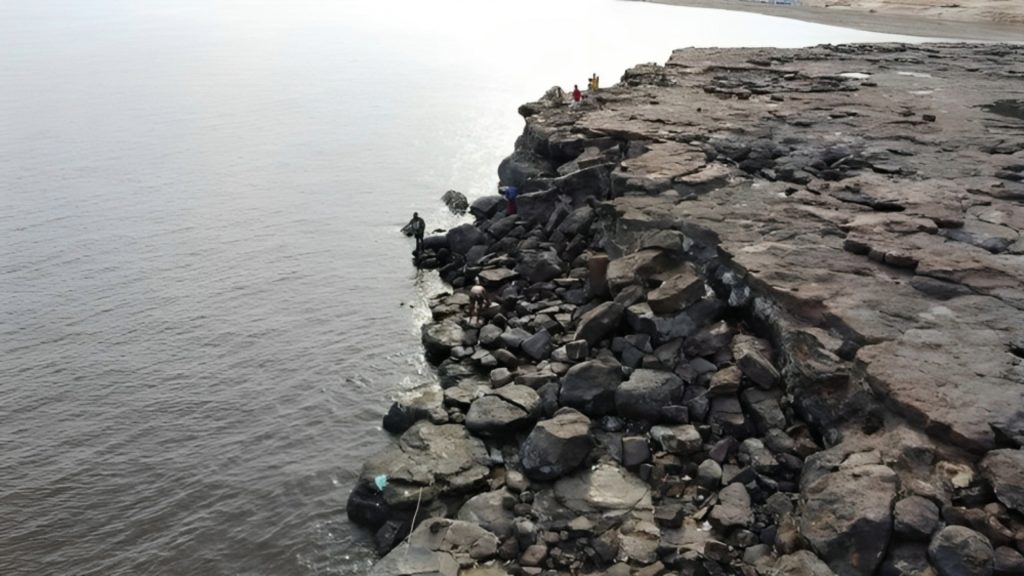
As much as these discoveries can be a beautiful thing for Brazil, let’s not forget that they are at risk as these droughts also increase the destruction of the most biodiverse rainforest on earth. Our thoughts and prayers are with the people of Brazil as they navigate these challenging conditions.

